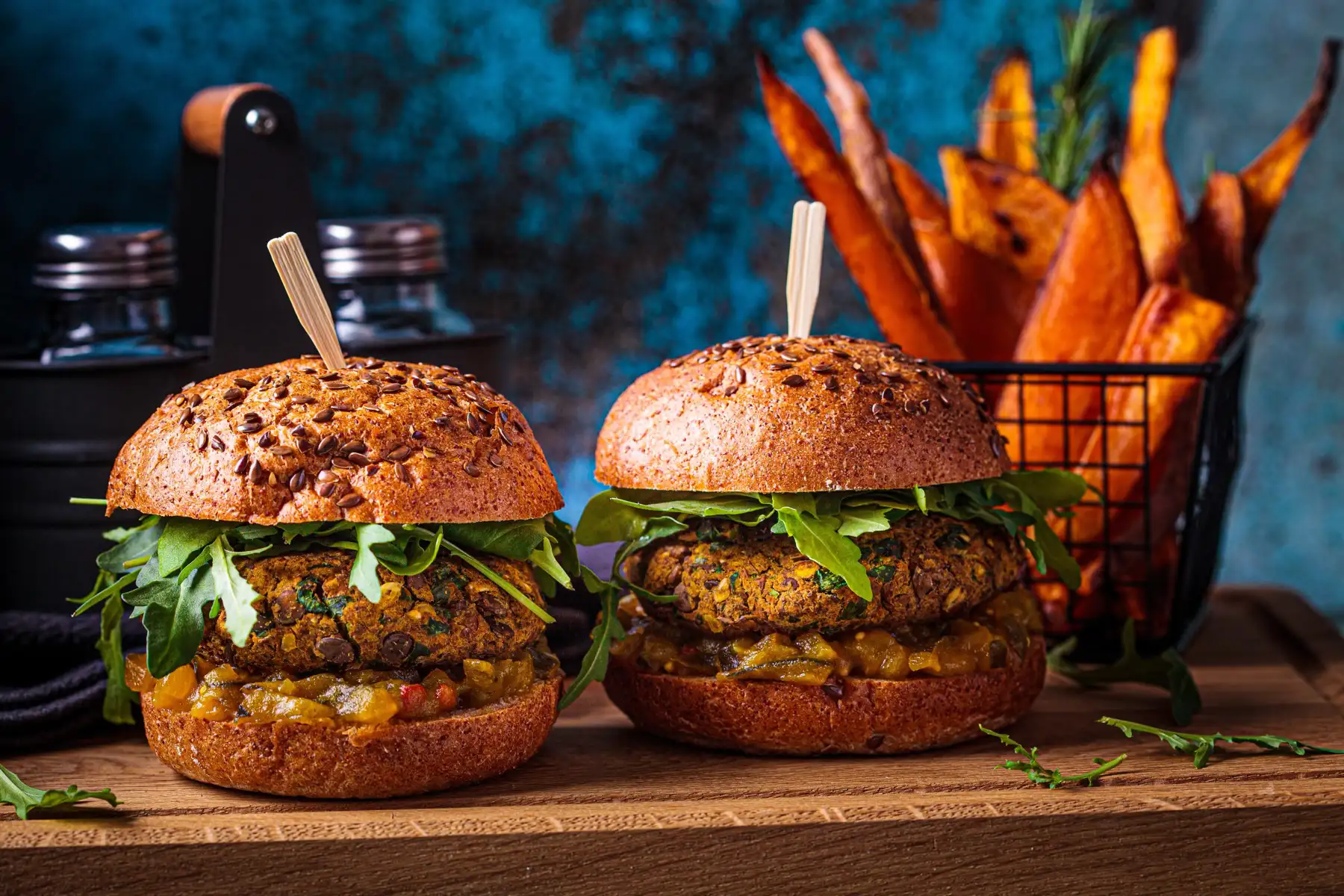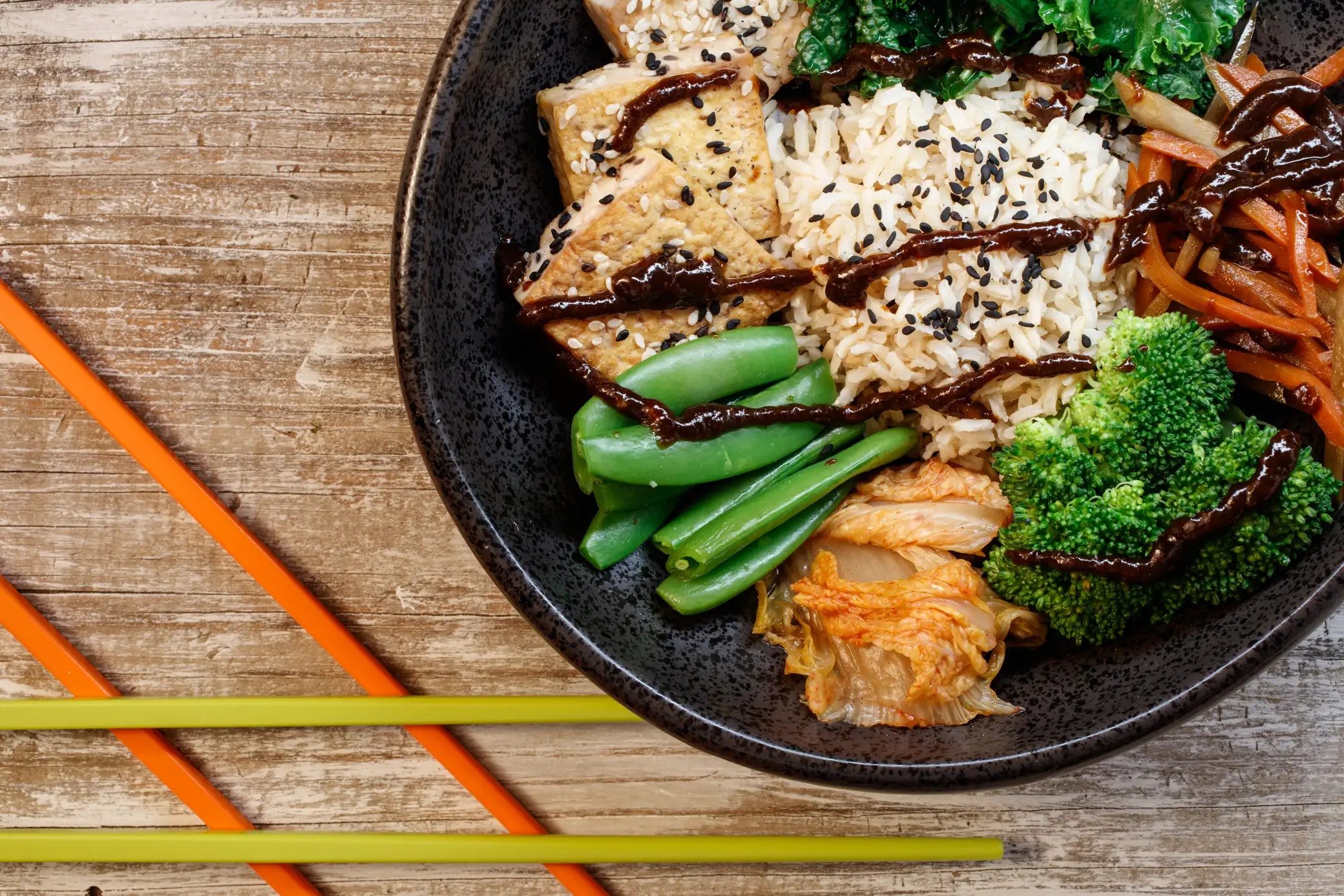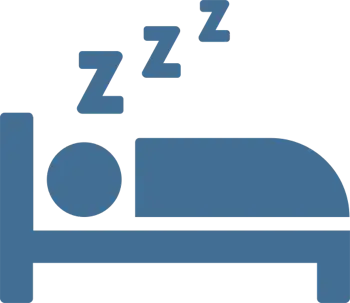Choose one small, achievable thing you can do today. For example, if your goal is to start eating a Whole Food Plant Based Diet, can you start with just one meal, like breakfast? Swap oatmeal and berries for your usual. Or even begin by adding some berries or fruit to your breakfast, or some veggies and leafy greens to your lunch or dinner. Baby spinach is an easy one to incorporate into any meal (bean burritos, veggie pasta and pizza, sandwiches) because it doesn’t have a strong flavor and is soft. You can even chop it up small and mix it in with your oatmeal and berries! I promise, it won’t change the taste.
If your goal is to start exercising regularly, can you start by taking 10 minutes to walk after lunch (or dinner, or breakfast) twice a week? Or commit to starting out weekends only? If your goal is to start a meditation practice, can you take 1 to 3 minutes to set a timer and focus on your breath? Perhaps you can do this when you get to work, before you get out of your car, or during your lunch break?
Creating a new habit
I have a confession to make. I didn’t meet my goal in writing this blog post. I had a deadline to get it done, and it was looming large, at least in my mind. The more I procrastinated, the larger it became. Last month I found myself sitting at Austin’s crown jewel of public buildings, the Austin Public Library. It’s a beautiful space with lots of natural light, plenty of tables and chairs, and even a cafe serving local-roast coffee and snacks. The kind of place you might come when you have a writing deadline to meet. So why did I struggle to achieve this pretty straightforward task?
The truth is, we all experience this at some point in our lives. We have a goal and we just don’t know where to begin. We want to change and create new habits in order to achieve that goal. But how? In my case, I want to be a writer, but a regular writing practice is not a habit I have conquered.
Let’s face it: our lives are busy.
We work all day, some of us commute long distances to and from work, there could be air travel and time away, families and pets that need our time and attention, or we are students or students with jobs. We are often pulled in many different directions trying to meet life’s many demands. Adding something new to our list of daily tasks may seem impossible. James Clear, author of the NYTimes Bestseller Atomic Habits, likens goal setting to rowing a boat; the rudder keeps the boat sailing in the right direction, but the oars do all the work.
The concept is this: start with a strong vision of where you want to end up. That vision in your mind is your rudder, subconsciously guiding you toward your goal. Then develop systems, rituals, and habits you can implement and achieve daily. These are our oars. It seems simple enough: you just have to row.
What is my big goal? I want to be a published writer, to write a book. I got to thinking: What would rowing look like? What are the steps I need to take to write my book? What does my process look like?
I already made my first smaller goal. I committed to writing monthly blog posts for the year, (instead of starting with a whole book!). Writing the blog posts will give me smaller, more achievable goals and get me writing. Next, I broke it down even further and made time on my calendar to write for the blog. Mondays and Fridays are the days when I don’t have regularly scheduled morning meetings so I have a little wiggle room. Then I broke it down even further. Write for 10 minutes on those two days.
But what about the habits and commitments I already have, like walking my dogs, feeding our pet chickens, and cooking meals for my family? And add to that the Zoom meetings with clients on the days I would like to add eventually. How will I find time in my already busy day?
I decided to tag 10 minutes of writing on to something I already do, another habit. James Clear calls this “habit stacking.” My morning routine looks like this: I wake up, drink a large glass of lemon water, brush my teeth, and brew a cup of coffee. All this before before I feed and walk my dogs, feed the chickens, and start work for the day.
“I will tag my writing on to drinking my coffee!” I decided. “I will sit down with my cup of coffee and write for 10 minutes.” And that’s what I did. I committed to only 10 minutes because I knew I could carve out at least that amount of time.
What does it look like today? Now I am writing almost daily, usually for at least an hour because I have found that 10 minutes twice a week is not enough time for me to write as much as I want! Committing to that 10 minutes twice a week created a new habit. So really, my goal is what set the new habit into motion. Creating new habits IS the true goal as it is the only way to make progress towards my larger vision.
What I’ve learned:
- Identify a goal (one meal)
- Find smaller achievable goals in the direction of the big goal (add fruit and vegetables to your meals)
- Make a specific smaller goal and put it on my calendar attached to another habit (add berries to my breakfast)
- Show up (keep rowing! Even if the water gets rough and pulls you briefly in the other direction. Try again and row!)
- Set a deadline
- Be accountable – ask a mentor, co-worker, family member or friend to check in and make sure you’re sticking to your plan.
Sure, my system looks different than my original vision of finding the perfect spot in the Austin library, light streaming in from the three-story library windows. But you know what? It worked!
Remember: The goal is your direction, not your destination!
Start your process with something small. Once you are doing it regularly (rowing!) you can add on from there. The Journey down the longest river truly does begin with a single row. You’ve got this!





